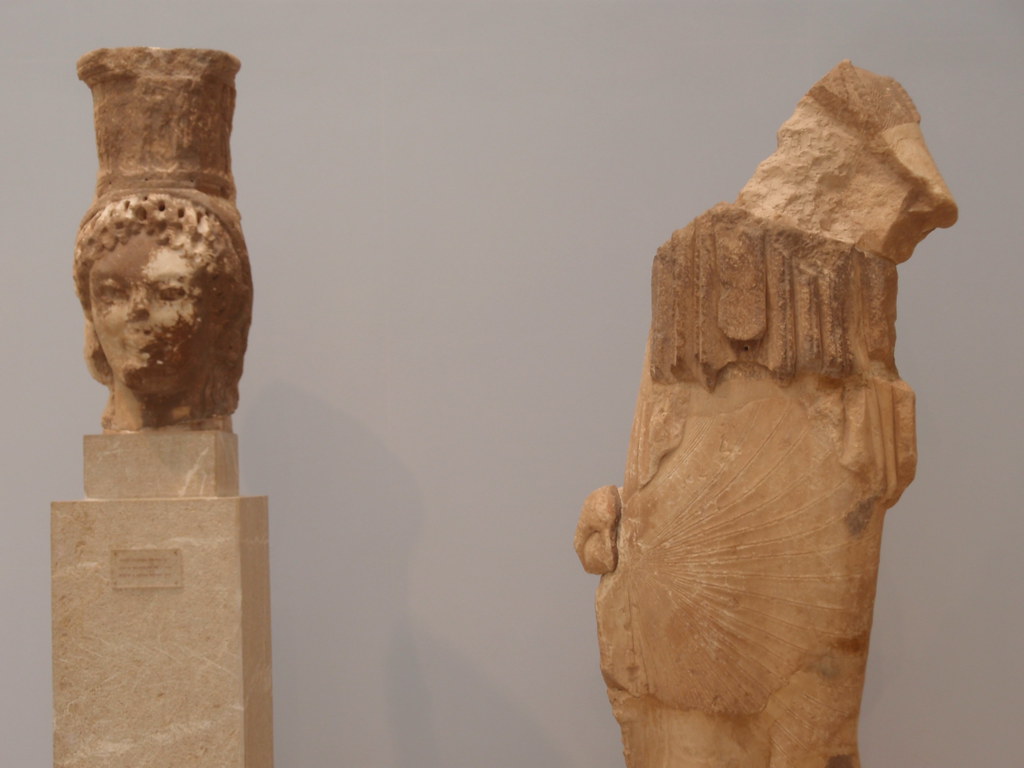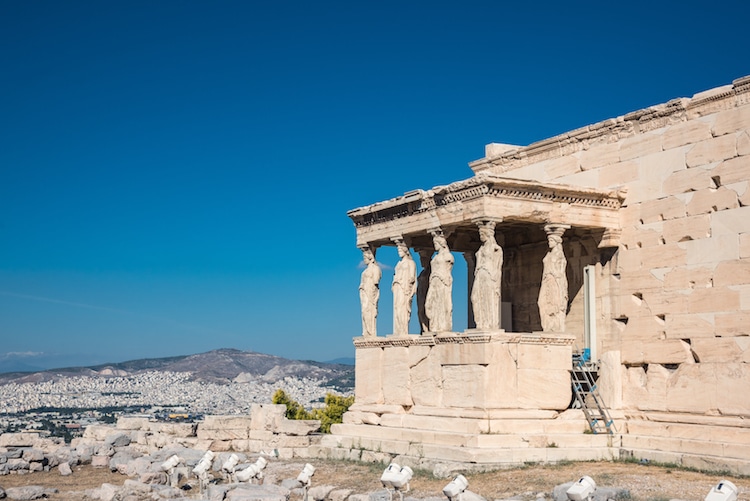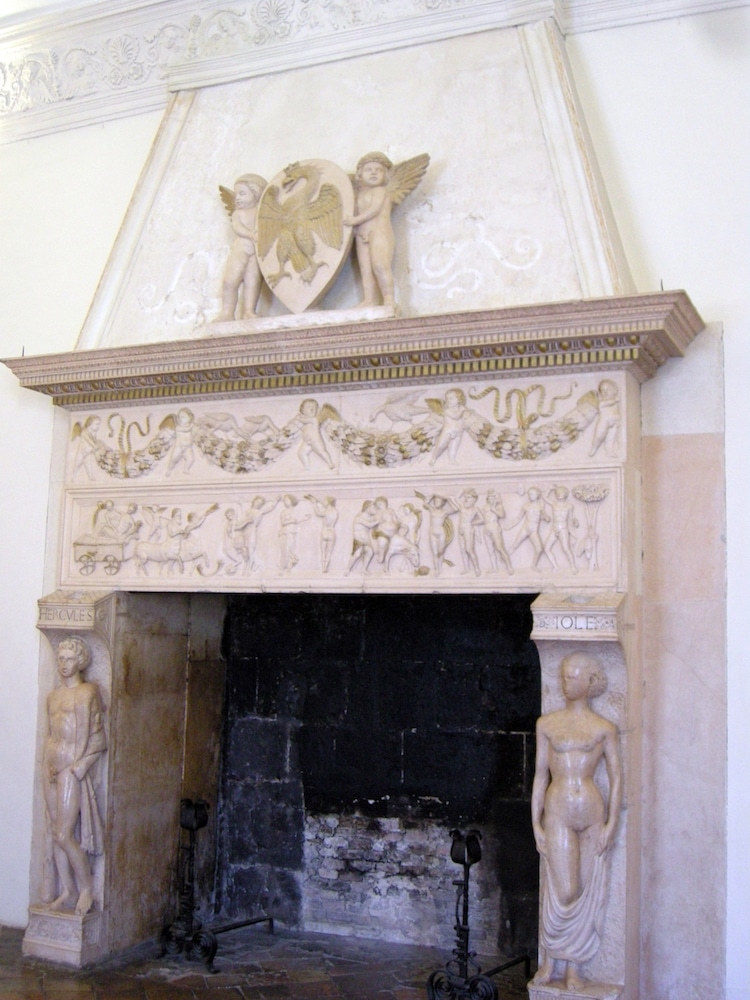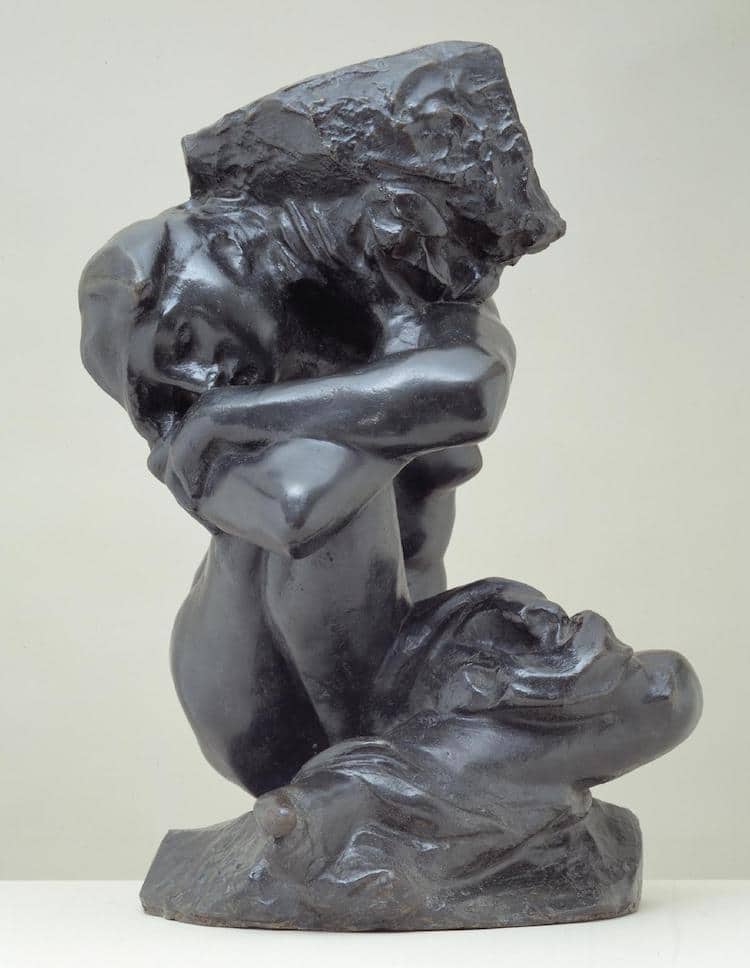Stock Photosfrom Anastasios71/Shutterstock
When you think ofmarble statues, what comes to mind?
You most likely imagine sculptures of freestanding figures, like theVenus de MiloandDavid.
What is a Caryatid?

Stock Photosfrom Anastasios71/Shutterstock
The name caryatid is derived from the Greek word,karyatides, which translates to maidens of Karyai.
Stock Photosfrom Zina Seletskaya/Shutterstock
Two centuries later, history’s most famous caryatids were erected in nearby Athens.
However, during theItalian Renaissancean enlightened age sparked by a renewed cultural interest in classical antiquityartists revived the practice.

Stock Photosfrom Gilmanshin/Shutterstock
Rather than carve caryatids for use on building facades, however, sculptors began incorporating them into interiors.
About 1881 Rodin enlarged the figure and added a stone.

A caryatid from Siphnian Treasury

Stock Photosfrom Zina Seletskaya/Shutterstock

(Photo:Wikimedia CommonsCC BY-SA 3.0)

Caryatids at the Museum of Science & Industry in Chicago

Auguste Rodin, “The Fallen Caryatid Carrying her Stone c.1880-1” (TateCC-BY-NC-ND)